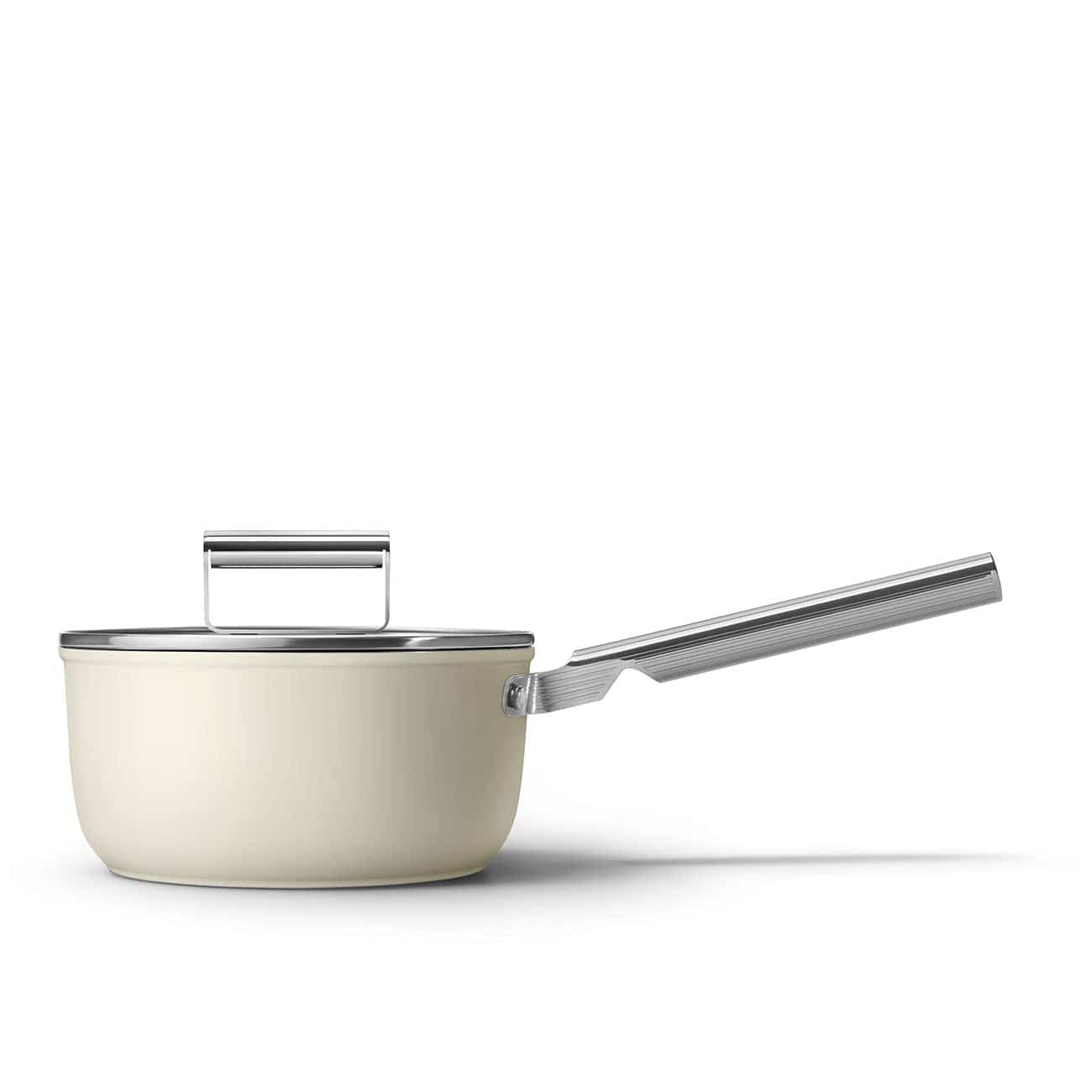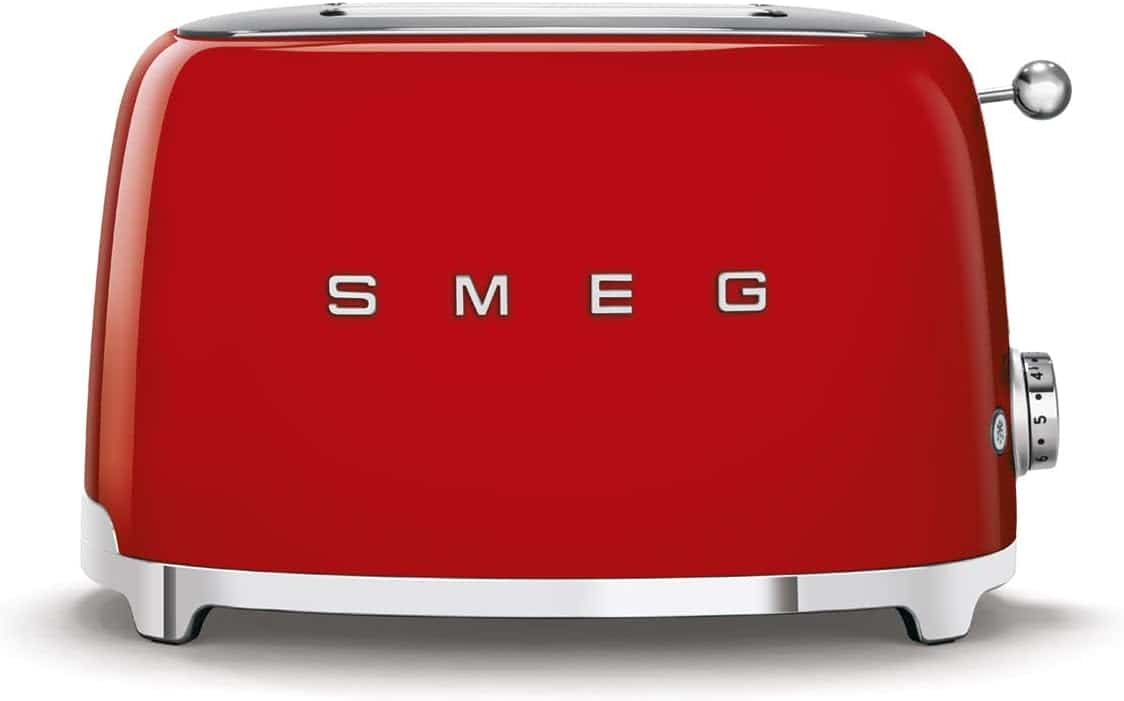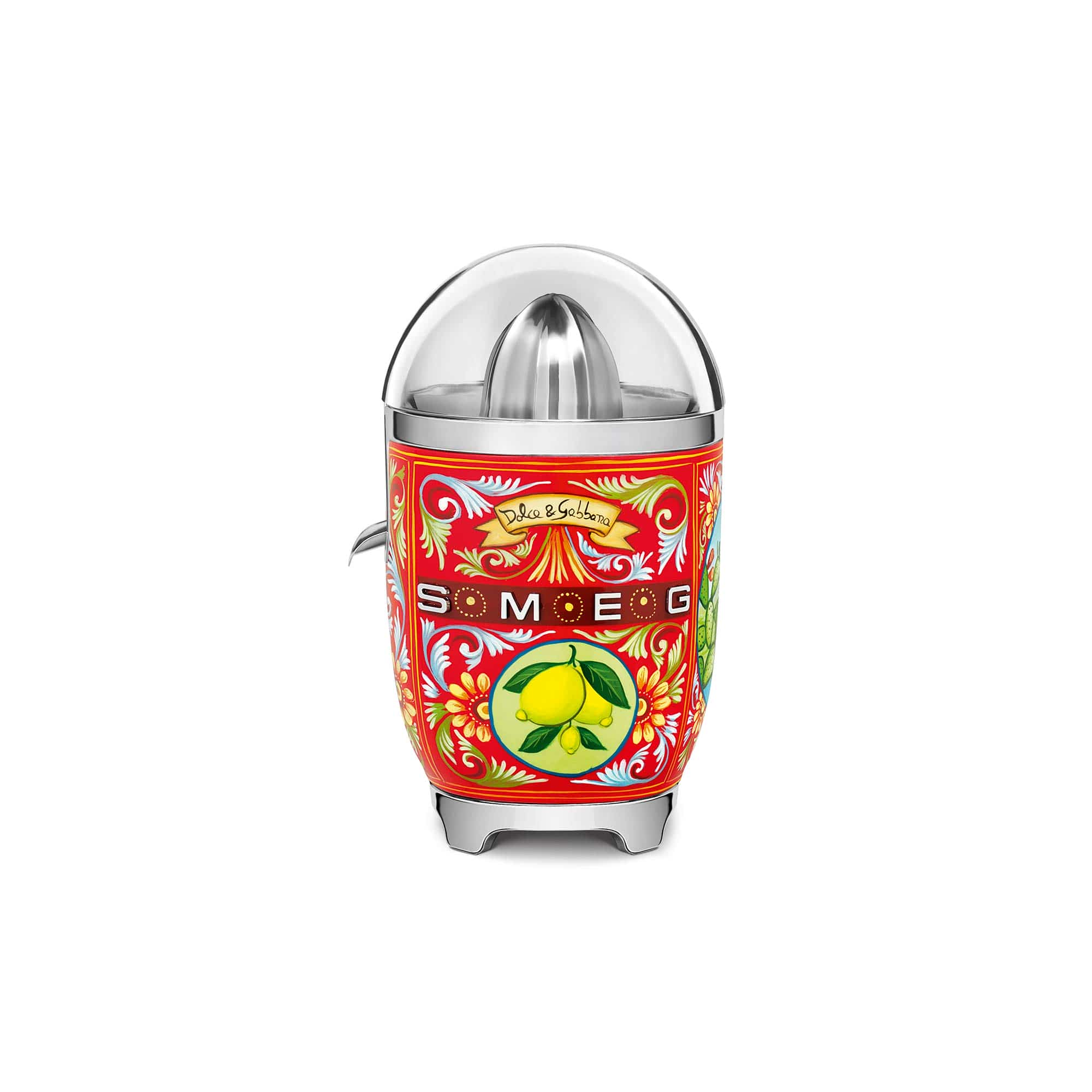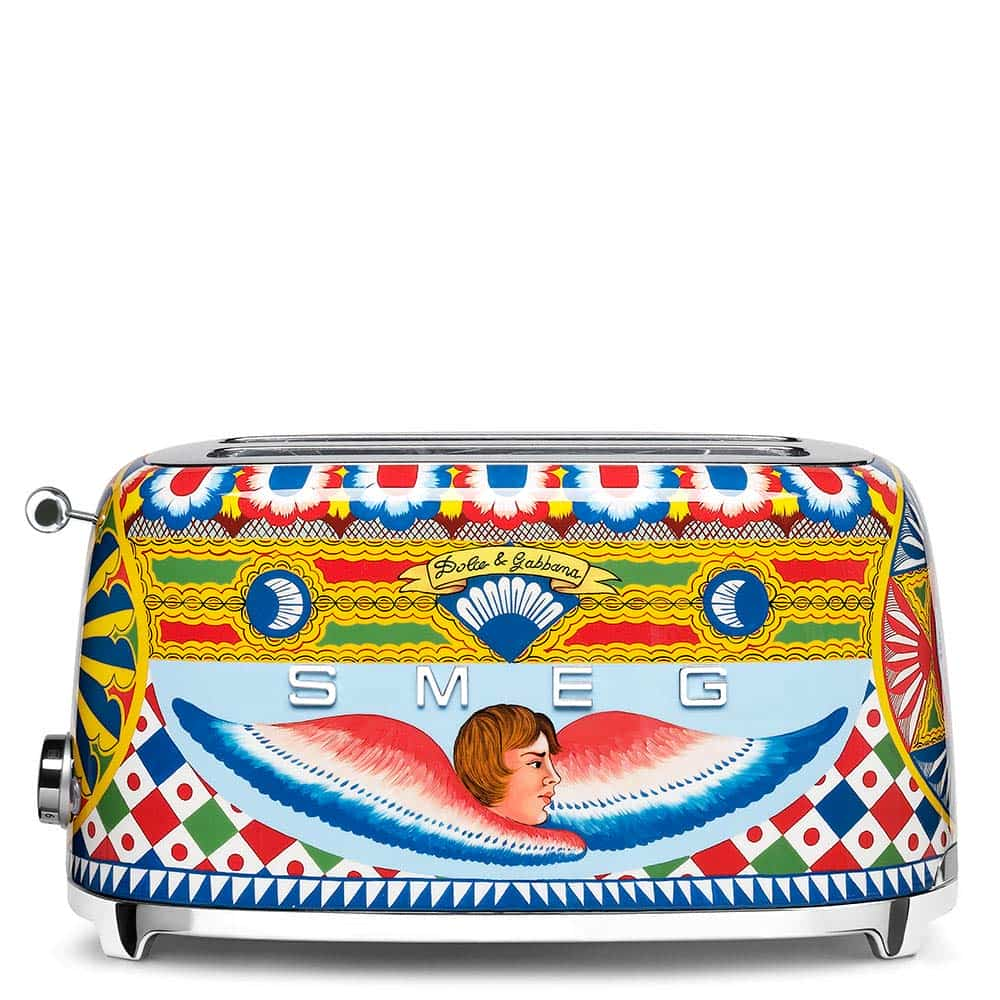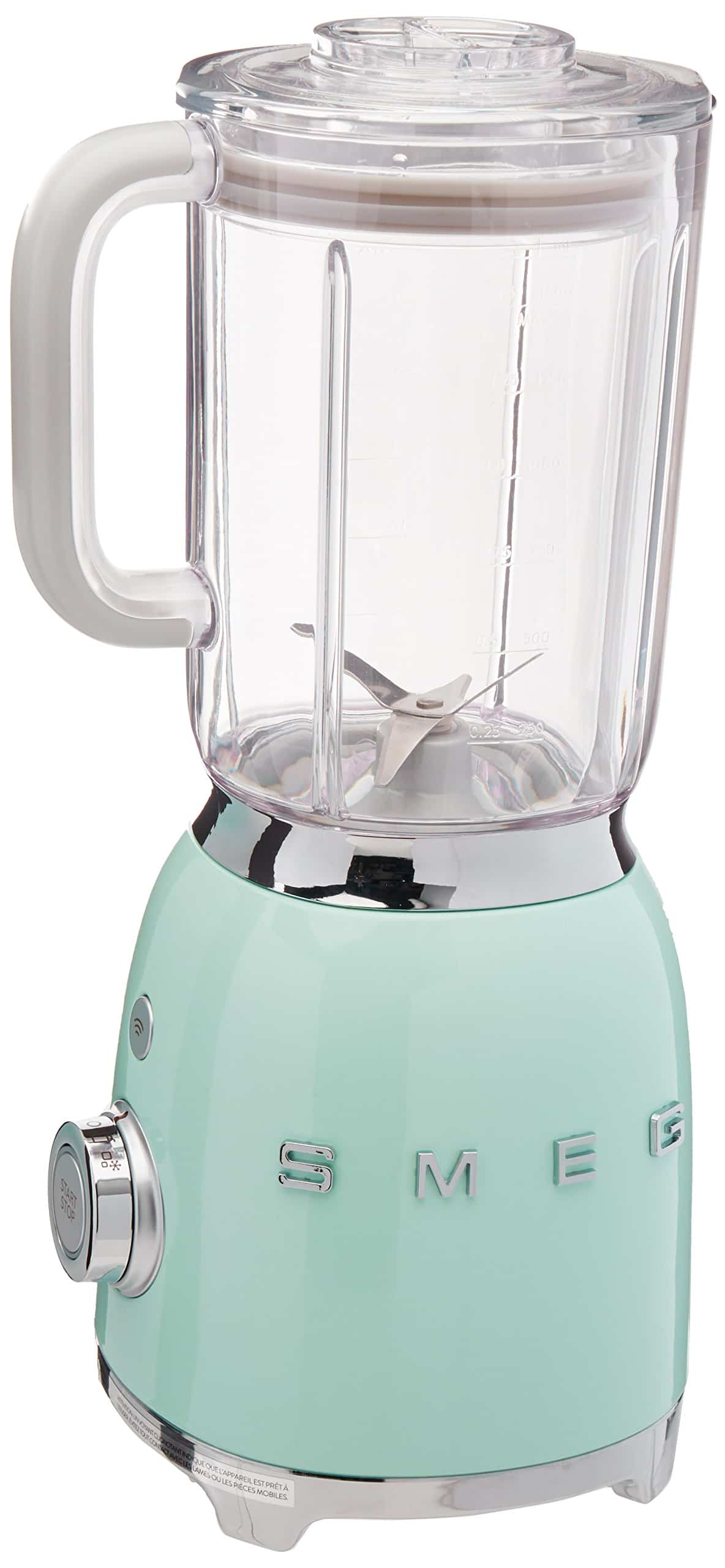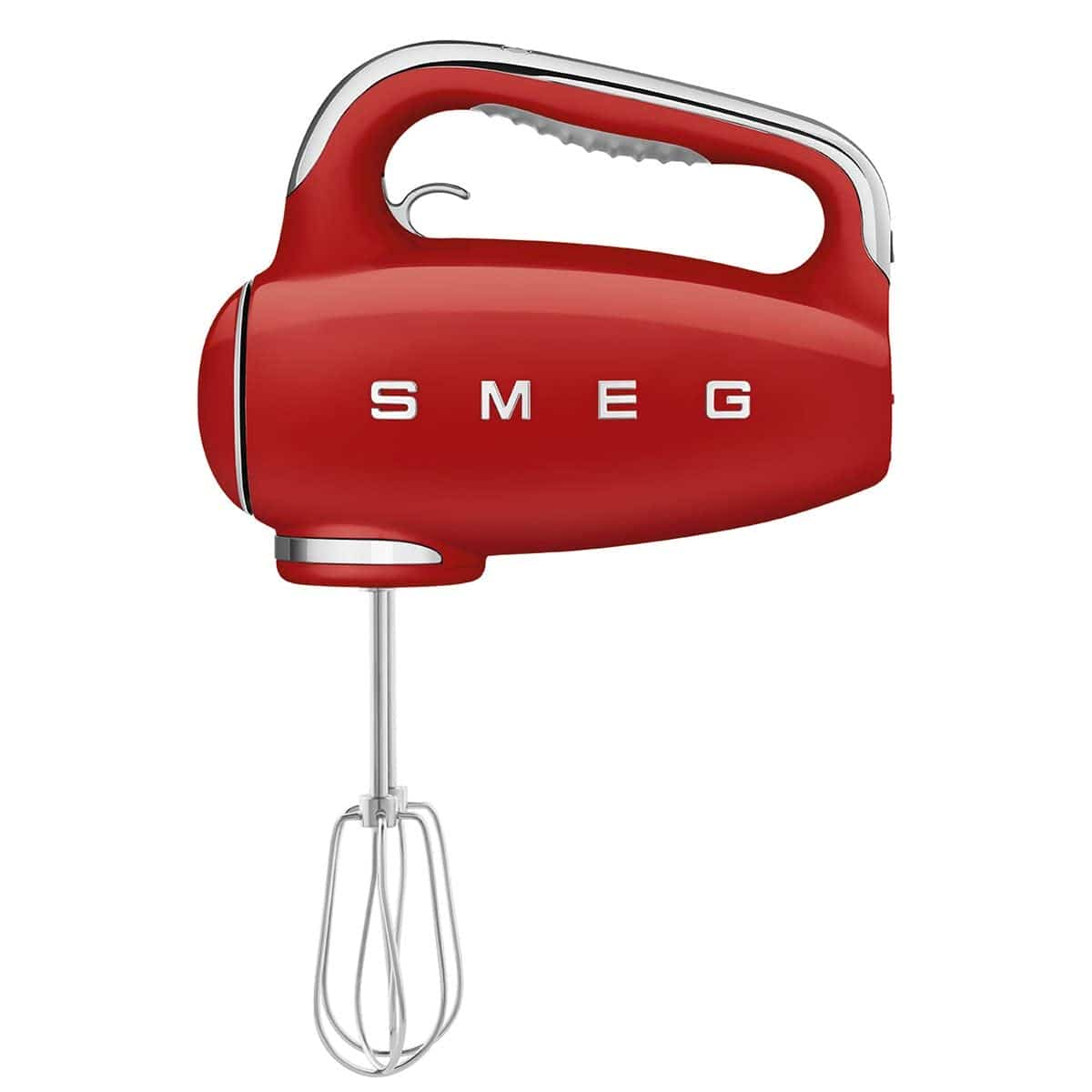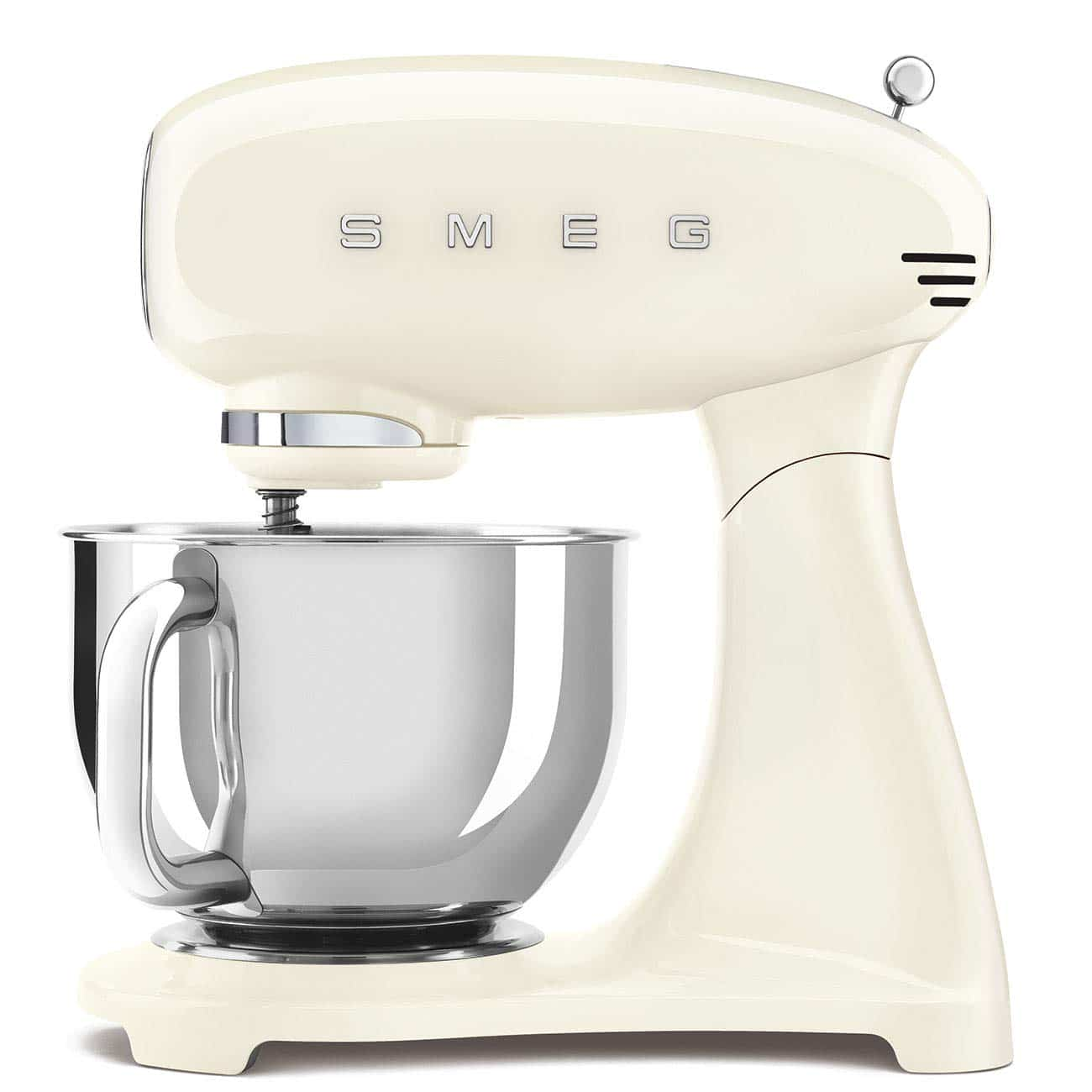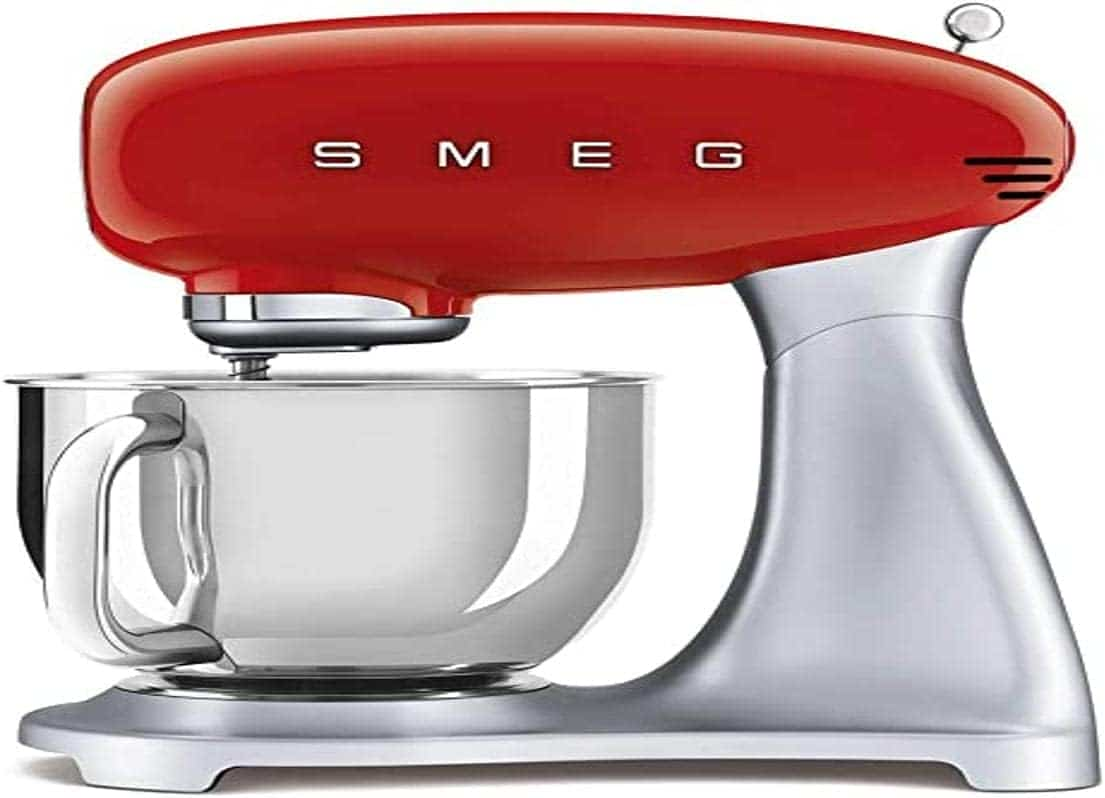Frequently asked questions about coffee
Identifying And Removing Latte Stains From Countertops In The Kitchen
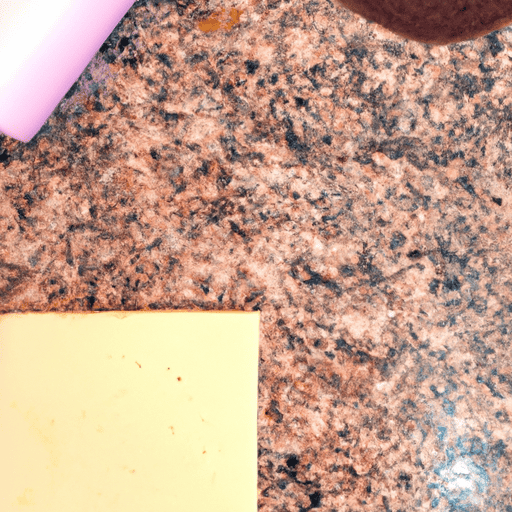
As the saying goes, ‘a watched pot never boils,’but what happens when that pot overflows and leaves a pesky latte stain on your kitchen countertop?
As someone who loves their morning cup of coffee, I’ve experienced my fair share of spills and stains on my countertops. But fear not, because with a little bit of knowledge and some elbow grease, those latte stains can be removed in no time.
In this article, I’ll guide you through identifying different types of countertops and the best methods for removing latte stains from each one.
From laminate to granite to quartz and butcher block, we’ll cover all the bases so you can keep your kitchen looking clean and pristine. Not only will we tackle stain removal, but we’ll also discuss preventative measures to avoid future spills and how to care for your countertops after any cleaning or maintenance.
So grab a fresh cup of coffee (or tea if you prefer) and let’s get started!
Key Takeaways
- Prevention is key: use coasters, wipe up spills immediately, and choose non-staining countertop materials
- Identifying latte stains requires examining surface texture, color, and smell
- Different countertops may require different cleaning methods, so specific care instructions should be followed
- Effective methods for removing latte stains include using stain removers, vinegar solutions, baking soda paste, and rubbing alcohol depending on the type of countertop material.
Understanding the Causes of Latte Stains on Countertops
You’re probably wondering why those stubborn latte stains keep appearing on your kitchen countertops, and we’ve got the answer. The main cause of these stains is spilled coffee with milk that hasn’t been wiped away immediately.
The longer it stays on the surface, the harder it becomes to remove. This can happen when you’re in a hurry or forgetful, but there are ways to prevent such accidents from happening again.
Causes and prevention are important aspects to consider when dealing with latte stains on countertops. For instance, using a coaster for your coffee cup can help prevent spills and stains altogether. Also, wiping up any spills immediately will minimize their impact on kitchen hygiene.
Maintaining good hygiene in your kitchen should be a priority as this will benefit both your health and the longevity of your countertop.
Understanding what causes latte stains on countertops is essential for preventing them from happening again. It’s always best to clean up any spills right away and use coasters for your cups to avoid staining altogether.
Now that we know how these pesky stains occur, let’s move onto identifying them so that we can effectively remove them from our kitchen surfaces without causing damage or scratching them in any way.
Identifying Latte Stains on Countertops
When it comes to identifying latte stains on countertops, I always start by examining the surface texture. If the countertop is smooth and shiny, I can usually spot the stain easily, but if it’s rough or porous, it may be more difficult to see.
Next, I take a look at the color of the stain – if it’s brownish or yellowish in hue, chances are it’s a latte stain.
Finally, I use my sense of smell to confirm my suspicions – if there’s a faint coffee aroma coming from the stain area, then it’s definitely a latte mark that needs to be cleaned up right away.
Surface Texture
As you’re wiping the countertop, you may notice that the texture of the surface affects how easily the latte stain comes off, almost like trying to remove a sticker from rough versus smooth paper.
Countertops can have different textures, ranging from polished and smooth to rough and matte. Polished surfaces tend to be smoother and more reflective, making them easier to clean but also more prone to showing scratches and stains. On the other hand, textured surfaces provide better grip for cutting and chopping but require more effort when it comes to cleaning up spills.
When choosing a countertop texture for your kitchen, it’s important to consider your needs and preferences. If you do a lot of cooking or baking, you may want a surface that has some traction so that knives don’t slip or slide around too much. However, if you prioritize aesthetics over functionality or prefer a minimalist look in your kitchen, then a polished surface might be more suitable for you.
Regardless of which texture you choose, keep in mind that certain materials like granite or marble may require specific cleaning methods to avoid damage or discoloration over time.
Moving on from texture into color…
Color
Choosing the perfect color for your countertop can be a fun and exciting way to add personality to your space. With latte color trends becoming more popular in recent years, it’s important to consider how these colors will fit into your overall design scheme.
When choosing a countertop color, think about the existing colors in your kitchen and select a shade that complements them. Earthy tones like beige, taupe, and caramel are great choices for creating a warm and inviting atmosphere.
Another factor to consider when selecting a countertop color is the amount of natural light that enters your kitchen. If you have a lot of natural light, lighter shades like cream or ivory can help brighten up the space even more. On the other hand, if your kitchen is on the darker side, consider opting for darker shades like chocolate brown or espresso.
By carefully considering different color schemes for kitchen countertops, you can find the perfect shade to create an inviting and stylish space. When it comes to removing latte stains from countertops in the kitchen, one of the most unpleasant aspects can be dealing with any lingering smells.
Smell
To keep your kitchen smelling fresh, you’ll want to take a few simple steps. One of the most common culprits of an unpleasant odor in the kitchen is coffee aroma. If you’re a coffee lover, like myself, then you know that there’s nothing quite like the smell of a freshly brewed latte. However, this scent can quickly become overpowering if not properly managed.
One way to combat latte scent in your kitchen is by using odor-absorbing materials such as baking soda or activated charcoal. Simply place these materials in areas where coffee aroma tends to linger, such as near the coffee maker or on the countertop where spills may occur. Additionally, regularly cleaning and disinfecting surfaces can help eliminate any lingering smells.
With these simple steps, you can enjoy your morning cup of joe without worrying about unwanted odors lingering around your home.
Now that we’ve addressed how to keep your kitchen smelling fresh, it’s time to prepare your countertops for stain removal.
Preparing Your Countertops for Stain Removal
Before beginning the process of banishing latte stains, it’s crucial to properly prep your countertops. The first step is to perform pre-stain treatment on the affected area. This involves using a stain remover or vinegar solution that can help loosen up the stain and make it easier to remove later on.
Next, you’ll want to gather your cleaning products. Make sure you have a sponge, dish soap, and warm water. You may also need a soft-bristled brush for tougher stains. It’s important to use non-abrasive materials when cleaning laminate countertops as they’re prone to scratches.
Now that you’ve prepped your countertop and gathered your supplies, it’s time to move onto removing those pesky latte stains. To learn how to do this effectively without damaging your laminate countertops, read on!
Removing Latte Stains from Laminate Countertops
When it comes to removing latte stains from my laminate countertops, I’ve found that using baking soda and water is an effective and affordable solution.
First, I make a paste by mixing equal parts of baking soda and water. Then, I apply the paste to the stain and let it sit for 10-15 minutes before wiping it away with a damp cloth.
If the stain persists, I turn to a commercial stain remover specifically formulated for laminate surfaces. It’s important to follow the instructions carefully and test on a small inconspicuous area first.
Using Baking Soda and Water
You can easily tackle those stubborn latte stains on your kitchen countertops using a simple mixture of baking soda and water. Baking soda is a natural and effective cleaning agent that’s been used for centuries to remove stains, whiten teeth, and freshen up laundry.
It’s also an affordable alternative to commercial cleaners that often contain harsh chemicals, making it a popular choice for eco-friendly households. Here are some benefits of using baking soda for cleaning:
- It’s non-toxic and safe to use around food surfaces.
- It’s gentle yet effective at removing tough stains without damaging the surface.
- It’s readily available in most grocery stores.
If you don’t have baking soda on hand or prefer to try other alternatives, you can also use vinegar, lemon juice, or hydrogen peroxide. However, be sure to test these solutions on a small inconspicuous area first before applying them to the entire stain.
To continue with the next step of removing those pesky latte stains from your countertop, consider applying a commercial stain remover.
Applying a Commercial Stain Remover
For optimal results, it’s best to grab a commercial stain remover that is specifically designed for removing tough coffee stains from surfaces like yours. There are many different products on the market that claim to be effective at removing coffee stains, but not all of them will work equally well on your particular type of countertop.
Before purchasing any product, it’s important to do some research and read reviews to see what other people have found to be the most effective. When comparing the effectiveness of different commercial stain removers, it’s also important to consider safety concerns.
Many products contain harsh chemicals that can be harmful if ingested or inhaled, so be sure to choose a product that is safe for use around food and pets. Additionally, always follow the manufacturer’s instructions carefully and wear gloves when handling any cleaning solution.
In the next section, we’ll explore some specific methods for removing latte stains from granite countertops without causing damage or discoloration.
Removing Latte Stains from Granite Countertops
To effectively remove latte stains from your granite countertops, it’s important to use a gentle cleaning solution and avoid abrasive tools. Granite countertop maintenance is crucial in preventing coffee stains on these surfaces. Here are some practical tips for removing latte stains from your granite countertops:
-
Start by wiping the surface with a soft cloth dampened with warm water. This will remove any loose particles that may scratch the surface during cleaning.
-
Mix a solution of equal parts water and 91% isopropyl alcohol in a spray bottle. Spray the affected area generously and let it sit for five minutes.
-
Scrub the area gently with a soft-bristled brush or sponge, using circular motions to lift the stain from the surface.
By following these steps, you can effectively remove latte stains from your granite countertops without damaging them.
But what about quartz countertops? Let’s explore how to remove latte stains from those surfaces next.
Removing Latte Stains from Quartz Countertops
When I accidentally spilled my latte on my quartz countertop, I panicked at the thought of a permanent stain. However, after some research and experimentation, I found two effective methods for removing latte stains from quartz countertops.
The first method involves using rubbing alcohol to dissolve the stain, while the second method involves applying a quartz-safe stain remover specifically designed for this type of surface.
Using Rubbing Alcohol
If you’re dealing with stubborn latte stains on your kitchen countertops, rubbing alcohol can be a real lifesaver – it’s like having a superhero in your cleaning arsenal!
This method is one of the most effective cleaning techniques that I’ve come across and it works wonders on quartz countertops. Simply pour rubbing alcohol onto a clean cloth or sponge and gently scrub the affected area until the stain starts to disappear. For tough stains, let the rubbing alcohol sit for a few minutes before wiping away.
Now, if rubbing alcohol doesn’t seem to do the trick or if you’re looking for alternative solutions, then applying a quartz-safe stain remover may be your best bet.
But before doing so, make sure to read the instructions carefully as different types of stain removers may have varying application methods.
With these techniques at hand, you’ll be able to remove those pesky latte stains from your kitchen countertops in no time!
Applying a Quartz-Safe Stain Remover
Applying a quartz-safe stain remover can be done easily by following the instructions on the label and using a clean cloth or sponge to gently scrub the affected area. When looking for a good quartz-safe stain remover, it’s important to keep in mind that natural alternatives are often safer than harsh chemicals.
Here are some tips for applying stain remover safely:
- Make sure to wear gloves when handling the product to protect your skin.
- Test a small, inconspicuous area first before applying it all over to ensure that it doesn’t damage or discolor your countertop.
Once you’re ready to apply the stain remover, simply follow these steps:
- Apply a small amount of the product onto the affected area.
- Let it sit for 5-10 minutes (or as instructed on the label).
- Use a clean cloth or sponge to gently scrub away any stains.
- Rinse with water and dry with a clean cloth.
With these simple steps, you should be able to remove any latte stains from your quartz countertops safely and effectively.
Now let’s move onto how to remove latte stains from butcher block countertops without damaging them.
Removing Latte Stains from Butcher Block Countertops
To remove latte stains from butcher block countertops, you’ll need to grab some simple household ingredients. Butcher block countertops are made of wood and can be easily stained if not cleaned properly. Unlike quartz or granite, butcher block requires a different approach when it comes to removing stains.
Firstly, mix equal parts of baking soda and water to create a paste. Apply the paste onto the stain and let it sit for 10-15 minutes before scrubbing it off with a soft-bristled brush. Rinse the area with warm water and dry it with a clean cloth.
If the stain is stubborn, try using hydrogen peroxide instead of water in your baking soda paste mixture. This will provide an additional boost to lift any remaining discoloration on your countertop.
In addition to DIY solutions, there are also professional services available that specialize in restoring butcher block countertops. These services use specialized equipment and techniques that can effectively remove even the most stubborn stains while preserving the integrity of your countertop.
To prevent future latte stains on your countertops, consider using coasters or placemats for hot beverages. It’s also important to clean up spills immediately before they have time to set into the surface of your countertop. By following these tips, you can keep your butcher block looking beautiful for years to come.
Preventing Latte Stains on Countertops
Now that we know how to remove latte stains from butcher block countertops, let’s talk about preventing them in the first place. As a coffee lover myself, I understand the importance of enjoying my morning cup without worrying about damaging my kitchen counters. Luckily, there are some pre-brewing techniques you can use to minimize the risk of staining.
Firstly, consider using a spill-proof travel mug or investing in a coffee maker with a built-in drip tray. This will catch any spills before they have a chance to make their way onto your countertops.
Additionally, try wiping down your countertop with warm soapy water before and after brewing your coffee. This will help remove any lingering oils or residue that could potentially cause stains.
Another important factor to consider is choosing non-staining countertop materials. Some materials are more porous than others and therefore more prone to staining. Marble and granite, for example, are beautiful but susceptible to discoloration if not properly sealed and maintained. Consider alternatives like quartz or solid surface materials which are more resistant to stains.
In order to keep your countertops looking their best, it’s essential to care for them properly after stain removal. Let’s explore some tips on how to do just that in the next section.
Caring for Your Countertops After Stain Removal
Once the stain’s gone, it’s important to regularly clean and maintain your countertops to prevent future damage. Prevention’s key when keeping your kitchen looking its best.
To avoid any long-term damage, make sure you wipe down your countertops daily with a soft cloth and mild cleaner. Avoid using harsh chemicals or abrasive sponges, as these can cause scratches or discoloration over time.
In addition to daily cleaning, consider taking extra steps to protect your countertops from potential harm. Use cutting boards when preparing food and avoid placing hot pots or pans directly on the surface.
If you spill anything acidic, like lemon juice or vinegar, quickly wipe it up with a damp cloth, as these can etch into some types of countertop materials.
Long-term maintenance is also important for preserving the look of your countertops. Depending on the type of material you have, there may be specific care instructions that you should follow.
For example, granite should be sealed annually, while marble requires more gentle cleaning products and should not come into contact with any acidic substances. It’s worth researching what type of maintenance is needed for your specific countertop material, so you can keep it in good condition for years to come.
Frequently Asked Questions
Can I use the same method to remove latte stains from all types of countertops?
When it comes to removing stains from countertops, there’s no one-size-fits-all solution. I learned this the hard way when I tried to use the same method for removing a red wine stain on my granite countertop as I did for my laminate one. Needless to say, it didn’t work, and I was left with a faint purple stain that never fully came out.
So, when it comes to latte stains specifically, alternative methods may be needed depending on the type of countertop you have. For example, if you have a porous surface like marble or limestone, using bleach or other harsh chemicals can damage the stone. In this case, preventative measures such as wiping up spills immediately and using coasters can go a long way in preventing stains from setting in.
On non-porous surfaces like quartz or solid surface materials, however, more aggressive methods may be necessary. The key is knowing your countertop material and researching the best method for removing stains without causing further damage.
Will the stain removal process damage the countertop surface?
Countertop maintenance is crucial to ensuring that the surface remains in good condition. When dealing with stains such as latte on the countertop, it’s important to use a method that won’t damage the surface.
In order to prevent further damage, it’s necessary to identify what type of material your countertop is made of and choose a cleaning solution that works best for it. The removal process itself may involve gentle scrubbing or blotting depending on how deep the stain has set in. However, when done carefully and correctly, this process shouldn’t cause any damage to the countertop surface.
It’s also important to take preventative measures by wiping up spills immediately and using coasters under drinks to avoid future stains.
How long does it take for a latte stain to set in and become difficult to remove?
Have you ever accidentally spilled a latte on your countertop and left it there for a while? It can be frustrating trying to remove the stain once it’s set in. From personal experience, I’ve found that prevention is key when it comes to coffee stains.
Wiping up spills immediately with a damp cloth can save you from the hassle of removing stubborn stains later on. However, if a latte stain does end up setting in, there are still ways to remove it without damaging the countertop surface.
The best cleaning products for latte stains are those specifically designed for use on countertops or surfaces like baking soda and vinegar solutions. It’s important to always follow the manufacturer’s instructions and test any new cleaning product on a small, inconspicuous area before applying it to the entire stain.
In my experience, the longer you wait to clean up the stain, the more difficult it becomes to remove. So don’t delay – act quickly and methodically using these tips for preventing coffee stains and removing them effectively!
What if the latte stain has been left untreated for a long time, can it still be removed?
If a latte stain has been left untreated for a long time, it can still be removed with effective techniques. However, it may require professional cleaning depending on the severity of the stain and how deeply it has set into the countertop.
Effective techniques may include using a mixture of vinegar and baking soda or commercial stain removers specifically designed for countertops. It’s important to follow instructions carefully and test any cleaning solution in an inconspicuous area before applying it to the entire stain.
If all else fails, seeking professional cleaning services can ensure that the stain is properly treated without causing damage to your countertop surface.
Is there any specific cleaning solution that can prevent future latte stains on countertops?
When it comes to preventing stains on countertops, regular maintenance is key. I find that wiping down my countertops with a damp cloth after each use helps to prevent any spills or stains from setting in.
Additionally, using coasters for drinks and placing a trivet under hot dishes can also help to protect the countertop surface. It’s important to avoid using abrasive cleaners or tools that could scratch or damage the surface of the countertop.
Instead, stick to gentle cleaning solutions specifically designed for your type of countertop material. By taking these preventative measures and regularly maintaining your countertops, you can greatly reduce the likelihood of future latte stains or any other type of stain from occurring.
Conclusion
Well, that’s it! I hope this guide has been helpful in teaching you how to identify and remove latte stains from your kitchen countertops.
Just remember, prevention is the best cure – always clean up any spills as soon as possible. But if a stain does happen to occur, don’t worry – there are plenty of methods available for removing it depending on the type of countertop you have.
In the end, caring for your countertops is like caring for a garden – with patience and attention to detail, they can thrive and remain beautiful for years to come.
So go forth and enjoy your lattes without fear of pesky stains!
Arf, an author and an innovative enthusiast of coffee, coffee alternatives, and tea, plays a crucial role as a contributor to the esteemed Cappuccino Oracle platform. Renowned for his curiosity and passion for these captivating beverages, Arf has carved out a unique space for himself in the world of exploration and writing. He realized that coffee, coffee alternatives, and tea are not mere drinks to keep one awake, but universes of flavors and stories waiting to be explored.
Arf’s articles for Cappuccino Oracle blend meticulous research with personal experiences, providing readers with an in-depth understanding of various types of coffee, coffee alternatives, and tea, along with their unique characteristics, cultures, and histories. His honest reviews and engaging narratives guide readers on their own journeys, helping them discover their preferences and find their perfect brew.
Frequently asked questions about coffee
Cold Brew: Healthier, Sweeter, Stronger Coffee

I have always been a coffee lover, but I recently discovered a new favorite way to enjoy my beloved beverage: cold brew coffee.
Not only is it a refreshing and delicious alternative to hot coffee, but it also has numerous health benefits that make it a great choice for anyone looking to improve their diet.
Cold brew coffee is less acidic than regular coffee, which means it’s gentler on the stomach and can reduce acid reflux. It’s also naturally sweeter and has a smoother taste than hot coffee, making it a great option for those who prefer less bitter coffee.
Plus, it has 22.8% more caffeine than regular drip coffee, which can give you a much-needed energy boost without the jitters that come with other caffeinated beverages.
In this article, I’ll share everything you need to know about cold brew coffee, including its benefits, how to make it at home, and why it’s a sustainable and convenient choice for coffee lovers everywhere.
Key Takeaways
- Cold brew coffee has numerous health benefits, such as being less acidic, naturally sweeter, and having more caffeine than regular coffee.
- Consuming caffeine in moderation can lead to various health benefits, including reducing the risk of diseases, improving memory, and aiding in weight loss.
- Making cold brew coffee at home is a simple and enjoyable process, and it can introduce drinkers to new and enticing flavor profiles.
- Cold brew coffee is a great alternative to regular coffee for those looking for a healthier, tastier, and more enjoyable cup of joe.
Benefits of Cold Brew
I love that cold brew coffee has so many benefits. It’s less acidic, naturally sweeter, and has more caffeine than regular coffee. As someone with a sensitive stomach, I appreciate that cold brew is less acidic and easier on my digestive system.
Plus, the natural sweetness of cold brew eliminates the need for added sugar and syrups, making it a healthier option for coffee lovers.
Another benefit of cold brew is its higher caffeine content, which is great for those looking for an extra boost of energy. As a fitness enthusiast, I also appreciate that cold brew is better for exercise due to its lower acidity, making it easier on the stomach before, during, and after a workout.
Drinking cold brew after a workout can also help replenish glycogen levels faster and strengthen muscles, making it a great option for post-workout recovery.
Making Cold Brew
To make this delicious beverage, all you need are coarsely ground coffee beans and room temperature water. Simply combine the two in a large jug and let it steep for 12-24 hours.
Once the steeping process is complete, strain the coffee grounds using a cheesecloth strainer and enjoy your homemade cold brew coffee.
There are plenty of DIY methods for making cold brew, and each one can result in a unique flavor profile. You can experiment with different coffee bean varieties, water-to-coffee ratios, and steeping times to find the perfect combination that suits your taste.
Making cold brew can be a fun and rewarding activity, and the end result is a healthier, sweeter, and stronger coffee that you can enjoy all week long.
Comparison to Regular Coffee
Comparing the caffeine content between cold brew and regular coffee, it’s important to note that cold brew has 22.8% more caffeine than drip coffee. This makes it an ideal choice for those who need an extra boost of energy in the morning or before a workout. While some may argue that espresso is the strongest form of coffee, it’s important to note that cold brew can have a higher caffeine content and a smoother taste than espresso.
To better understand the differences between cold brew and regular coffee, take a look at this table:
Cold Brew Drip Coffee Caffeine content 200mg per 8oz 163mg per 8oz Acidity Less acidic, smoother taste More acidic, bitter taste Preparation Steeped in cold water for 12-24 hours Coffee grounds are run through hot water for a few minutes Health benefits More caffeine for an energy boost Lower acidity for easier digestion
In terms of health benefits, cold brew may be the better choice for those with sensitive stomachs or those looking for a healthier option. With its lower acidity and higher caffeine content, cold brew can provide the energy boost without the negative side effects of regular coffee. However, it’s important to note that moderation is key, as consuming too much caffeine can have negative effects on the body. Ultimately, the choice between cold brew and regular coffee comes down to personal preference and individual needs.
Caffeine Content
As a coffee lover, I was surprised to discover the caffeine content difference between my usual cup and cold brew. It was eye-opening and added an extra boost to my morning routine. Compared to drip coffee, cold brew has a whopping 22.8% increase in caffeine content, making it a stronger option for those needing an extra jolt of energy.
It’s also worth noting that cold brew has less caffeine than espresso, so it’s a great middle-ground option for those who find espresso too intense. Not only does the higher caffeine content in cold brew provide an energy boost, but it’s also been shown to increase productivity.
Consuming caffeine in moderation has been linked to improved focus, alertness, and overall cognitive function. So, if you’re looking for a way to kickstart your mornings or stay focused during a long workday, cold brew could be a great option to try.
Health Benefits of Caffeine
I’ve learned that moderate caffeine consumption can have various health benefits, such as reducing the risk of diseases and improving cognitive function. Studies have shown that caffeine can help protect against diseases such as Parkinson’s and Alzheimer’s, which affect the brain’s cognitive function.
Additionally, caffeine has been shown to improve memory and cognitive performance, making it a great supplement for those looking to enhance their mental clarity. Another benefit of moderate caffeine consumption is that it can aid in weight loss. Caffeine has been shown to increase metabolic rate and fat burning, making it a great addition to a healthy diet and exercise routine.
However, it’s important to remember that excessive caffeine consumption can have negative effects on one’s health, so moderation is key. Overall, incorporating moderate amounts of caffeine, such as in a cup of cold brew coffee, can have positive effects on both cognitive function and weight loss.
Collagen Protein Powder
Adding collagen protein powder to my post-workout cold brew creates a creamy and nourishing elixir that helps with muscle recovery and promotes healthy skin. Collagen supplements have been gaining popularity in recent years, and for good reason.
Collagen is a protein that makes up a large part of our skin, bones, and muscles. As we age, our bodies produce less collagen, leading to wrinkles, joint pain, and weaker muscles. By adding collagen protein powder to my cold brew, I’m providing my body with the necessary building blocks to maintain healthy skin and strong muscles.
But the benefits of collagen protein powder go beyond just aesthetics. When consumed after a workout, collagen can help with post-workout recovery by reducing inflammation and promoting muscle growth. It can also aid in joint health, as it is a major component of cartilage.
By incorporating collagen into my cold brew routine, I’m not only enjoying a delicious and healthier cup of coffee but also giving my body the essential nutrients it needs to function at its best.
Convenient and Sustainable
By incorporating collagen protein powder into my post-workout routine, I’m able to conveniently and sustainably provide my body with the essential nutrients it needs for optimal performance and recovery.
Collagen protein powder is a convenient and easy way to supplement my diet with the necessary amino acids that support muscle growth and repair. Not only is collagen protein powder an excellent source of protein, but it’s also easy to mix into my cold brew coffee, making it a convenient and delicious way to refuel after a tough workout.
Using collagen protein powder in my cold brew coffee also helps me reduce waste. By batch brewing a large amount of cold brew at once, I’m able to minimize the amount of packaging and waste that comes with buying individual servings of protein drinks. This not only saves me money in the long run but also helps me feel good about my impact on the environment.
Overall, incorporating collagen protein powder into my cold brew coffee has been a game-changer for my post-workout routine. It provides me with the energy and nutrients I need in a convenient and sustainable way.
Author and Website Information
Moving on from the convenience of cold brew, let me introduce you to the author and website behind this informative text. I developed an obsession with coffee. This fascination led me to write for Cappuccino Oracle, where I explore my love for coffee and help others brew their perfect cup.
Cappuccino Oracle is a participant in the Amazon Services LLC Associates Program, an affiliate advertising program designed to provide a means for sites to earn advertising fees by advertising and linking to Amazon.com. My passion for coffee has driven me to research and discover new brewing techniques and flavor profiles continuously.
Through Cappuccino Oracle, I aim to share my knowledge and expertise with fellow coffee enthusiasts and help them enjoy a healthier, sweeter, and stronger cup of coffee.
Discussion Ideas Description The Science of Coffee Discuss the chemistry behind coffee and how it affects its taste and aroma. Brewing Techniques Share different brewing techniques and methods to make the perfect cup of coffee. Coffee Bean Varieties Explore the different types of coffee beans and how they contribute to the flavor and aroma of coffee. Coffee and Health Discuss the various health benefits and drawbacks of consuming coffee in moderation. Cold Brew vs. Hot Brew Compare and contrast the differences between cold brew and hot brew coffee, and which one is better for certain occasions or preferences. The History of Coffee Explore the origins and evolution of coffee, from its discovery in Ethiopia to its global popularity today.
Frequently Asked Questions
What is the best type of coffee bean to use for cold brew?
What’s the best type of coffee bean to use for cold brew? Well, it all depends on your personal preference.
When it comes to the roasting process, medium to dark roast coffee beans tend to work best for cold brew as they have a bolder flavor profile. Additionally, exploring different flavor notes can lead to a more complex and enjoyable cup of cold brew. Some popular flavor notes include chocolate, nutty, and fruity.
It’s also important to consider the brew time and dilution when choosing coffee beans for cold brew. A longer brew time with coarsely ground coffee beans can result in a stronger and more concentrated cold brew, while a shorter brew time with a finer grind can lead to a lighter and more refreshing cup.
Experimentation is key to achieving the perfect cold brew ratio with different coffee beans.
Can cold brew be made with hot water instead of room temperature water?
I’ve experimented with making cold brew using hot water as an alternative to room temperature water, and I’ve found that it doesn’t produce the same smooth and sweet taste as traditional cold brew.
Cold brew is naturally less acidic and sweeter than regular hot coffee, and using hot water can result in a bitter and unbalanced flavor.
Additionally, one of the main benefits of cold brew is its higher caffeine content, which is achieved through a longer steeping process with room temperature water.
Overall, I would recommend sticking to the traditional method of making cold brew with room temperature water to fully experience its benefits.
How long does cold brew last in the refrigerator?
Storing cold brew in the refrigerator can be a tricky task, but with a little bit of know-how, it’s easy to keep your cold brew fresh for days. To properly store cold brew in the refrigerator, it’s important to transfer it from the brewing container to an airtight container. This will help prevent the coffee from absorbing any odors or flavors from the surrounding foods.
I recommend using a glass jar or bottle with a tight-fitting lid. Cold brew can last up to two weeks in the refrigerator if stored properly. If you’re looking to make cold brew without a coffee maker, there are a few tips to keep in mind.
First, you’ll need to use coarsely-ground coffee to ensure that the coffee doesn’t become too strong. Second, you’ll need to steep the coffee for at least 12 hours to achieve the desired strength and flavor. Lastly, make sure to strain the coffee through a cheesecloth or fine-mesh strainer to remove any sediment or grit.
With these tips in mind, making cold brew at home is easy and rewarding.
Is cold brew more expensive than regular coffee?
When it comes to cost comparison, cold brew coffee may seem more expensive than regular coffee at first glance. However, the economic impact of making cold brew at home can be significant.
While a cup of regular coffee may cost less per serving, cold brew can be made in larger batches and stored in the refrigerator for up to a week, providing a more cost-effective solution in the long run.
Additionally, making cold brew at home can be a fun and rewarding hobby, allowing you to experiment with different coffee beans and flavor profiles while also saving money.
So, while the initial cost of cold brew may be higher, the economic benefits of making it at home make it a worthwhile investment.
Can cold brew be made with decaf coffee beans?
I recently tried making cold brew coffee using decaf alternatives and was pleasantly surprised by the results. Although the caffeine content was significantly lower, the taste comparison was still enjoyable.
The process of making cold brew is the same regardless of whether you use regular or decaf beans, simply steeping them in room temperature water for 12-24 hours.
This alternative is great for those who want to enjoy the taste of cold brew without the caffeine jitters or those who are sensitive to caffeine. So, if you’re looking for a new way to enjoy coffee without the caffeine, give decaf cold brew a try.
Conclusion
Well, folks, it’s been a pleasure introducing you to the wonderful world of cold brew coffee. It’s a healthier, sweeter, and stronger alternative to regular coffee, and it’s incredibly easy to make at home.
Not only does it taste delicious, but it also has numerous health benefits that can help improve your overall well-being. So go ahead, give it a shot.
Your taste buds will thank you, and your body will too. Who knows, maybe cold brew will become your new best friend. As for me, I’ll be enjoying my cold brew with a splash of collagen protein powder, because who doesn’t love a little extra boost of health benefits?
Cheers to your new favorite cup of joe!
Arf, an author and an innovative enthusiast of coffee, coffee alternatives, and tea, plays a crucial role as a contributor to the esteemed Cappuccino Oracle platform. Renowned for his curiosity and passion for these captivating beverages, Arf has carved out a unique space for himself in the world of exploration and writing. He realized that coffee, coffee alternatives, and tea are not mere drinks to keep one awake, but universes of flavors and stories waiting to be explored.
Arf’s articles for Cappuccino Oracle blend meticulous research with personal experiences, providing readers with an in-depth understanding of various types of coffee, coffee alternatives, and tea, along with their unique characteristics, cultures, and histories. His honest reviews and engaging narratives guide readers on their own journeys, helping them discover their preferences and find their perfect brew.
Frequently asked questions about coffee
5 Tips For Fresher Coffee: Mastering Coffee Bean Storage!

As a coffee lover, I know that the freshness of coffee beans is the key to a perfect cup of Joe. That’s why proper storage is essential. In this article, I’ll share with you 5 tips for mastering coffee bean storage that will help you maintain the freshness of your coffee beans and ensure that every cup you brew is delicious and satisfying.
First, we’ll discuss why proper storage matters. Coffee beans are sensitive to heat, light, and air, which can cause them to lose their flavor and aroma. When coffee beans are exposed to these elements, they can become stale and tasteless.
Proper storage is essential to protect the beans from these harmful factors and maintain their freshness. With these 5 tips for coffee bean storage, you’ll be able to enjoy a consistently great-tasting cup of coffee every time.
Key Takeaways
- Proper storage is crucial for maintaining the freshness of coffee beans and preserving their taste and quality.
- Glass or ceramic storage containers that are tightly sealed and kept in a cool, dry, and dark place are preferred over metal tins to prevent interference with natural oils and flavors.
- The shelf life of coffee beans varies depending on their roast level, with lighter roasts having a shorter shelf life than darker roasts. Pre-roasted beans with a roast date ensure freshness.
- In addition to being a delicious beverage, coffee also provides various health benefits such as reducing the risk of cardiovascular disease and diabetes, aiding in weight loss, and providing antioxidants.
Why Proper Storage Matters
I know that proper storage is crucial for the freshest, best-tasting coffee, and it’s important to understand why.
One of the main reasons is the effects of moisture on coffee. When coffee beans or grounds are exposed to moisture, they can become stale and lose their flavor. This is why it’s important to store coffee in a cool, dry, and dark place away from sunlight. Fridges and freezers are not recommended for storing coffee as they can expose the coffee to moisture and affect its taste and quality.
Another important aspect of proper storage is buying small amounts of coffee. When coffee is exposed to air, it begins to oxidize and lose its freshness and flavor. Therefore, it’s better to buy small amounts of coffee and use it up quickly rather than buying in bulk and storing it for a long time.
Whole bean coffee lasts longer than pre-ground coffee, and ground coffee should be brewed within 15 minutes of grinding to maximize freshness. By following these tips for proper storage, you can ensure that your coffee stays fresh and flavorful for as long as possible.
Best Storage Practices
Glass or ceramic containers are preferable to metal tins when storing coffee beans to maintain their freshness and quality. These materials don’t have any negative effect on the taste and aroma of the coffee. Additionally, they provide a non-reactive environment that prevents any interference with the natural oils and flavors of the beans.
Glass or ceramic containers also help to keep moisture out, which can ruin the beans and lead to mold growth. To further prevent moisture, it’s important to keep the container tightly sealed and in a cool, dry, and dark place away from sunlight.
It’s also recommended to buy and store small amounts of coffee to ensure maximum freshness. This way, you won’t have to worry about the coffee going stale or losing its nutritional value.
By following these simple storage practices, you can enjoy a delicious cup of coffee that tastes just as good as the day it was roasted.
Additional Considerations
Finding the perfect spot to store your coffee beans can be a bit of a puzzle, but like any good mystery, it’s all about uncovering the clues.
In addition to the best storage practices mentioned earlier, there are a few more things to consider when it comes to keeping your coffee fresh and flavorful.
First, it’s important to consider the roasting techniques used for your coffee beans. Lightly roasted beans tend to have a shorter shelf life than darker roasts, so it’s important to use them up quickly.
Additionally, if you’re roasting your own beans at home, it’s important to let them rest for a few days before brewing to allow the gases to escape and the flavors to fully develop. And if you’re buying pre-roasted beans, look for ones with a roast date on the bag to ensure maximum freshness.
Finally, don’t forget about the health benefits of coffee! In addition to its delicious taste, coffee has been shown to have numerous health benefits, including reducing the risk of cardiovascular disease and diabetes, aiding in weight loss, and providing antioxidants.
So, by taking care to properly store your coffee beans, you can not only enjoy a great cup of coffee, but also reap the many health benefits it has to offer.
Frequently Asked Questions
Can coffee be stored in the fridge or freezer to extend its shelf life?
Storing coffee in the fridge or freezer may seem like a good idea to extend its shelf life, but it can actually have a negative impact on the flavor. Both environments expose coffee to moisture, affecting its taste and quality.
It’s better to store coffee in a cool, dry, and dark place away from sunlight, such as a pantry or cupboard. To tell if coffee has gone bad, you can perform a smell or taste test. If it has a sour or rancid smell, or tastes off, it’s time to get rid of it.
Proper storage is crucial for maintaining the freshness and nutritional value of coffee, and buying and storing small amounts can help.
Is it better to buy whole bean or pre-ground coffee for storage purposes?
After investigating the truth of the theory, it’s better to buy whole bean coffee for storage purposes.
This is because whole bean coffee lasts longer than pre-ground coffee. Additionally, grinding methods can affect the freshness of the coffee.
Grinding the coffee just before brewing it can enhance its flavor and aroma. Moreover, the type of coffee bean variety can also impact the shelf life of the coffee.
Arabica beans are higher quality and have a longer shelf life than Robusta beans. Therefore, it’s recommended to buy whole bean Arabica coffee and grind it just before brewing for the freshest and best-tasting coffee.
How long can you store coffee before it starts to lose its freshness?
Proper storage techniques are crucial for maximizing coffee freshness. Whole bean coffee can last up to two weeks if stored in a cool, dry, and dark place away from sunlight. Ground coffee, on the other hand, should be brewed within 15 minutes of grinding to ensure maximum freshness.
Glass or ceramic containers are preferable to metal tins as they do not affect taste. It’s recommended to buy and store small amounts of coffee to maintain freshness and quality. Roasting at home is also an option for maximum freshness but can be impractical.
Ultimately, the main reason to worry about storage is freshness, as proper storage techniques can counteract loss of freshness and nutritional value.
Are there any specific types of containers that are best for storing coffee?
When it comes to storing coffee, the type of container used can make a big difference.
Mason jars are a popular choice, but they may not be the best option. Vacuum sealed bags are a great choice for keeping coffee fresh and preventing exposure to air and moisture.
Opaque containers are also preferred over clear containers, as they prevent sunlight from affecting the coffee’s flavor.
Overall, it’s important to choose a container that is airtight and keeps the coffee in a cool, dry place. As someone who appreciates a good cup of coffee, I know that choosing the right container can make all the difference in the taste and freshness of my daily brew.
Does the type of roast affect how long coffee can be stored?
Roast levels have a significant impact on how long coffee can be stored. The aging process of coffee beans begins as soon as they’re roasted and continues over time.
Lighter roasts tend to have a shorter shelf life as they have a higher acidity level and contain more moisture. Darker roasts, on the other hand, have a longer shelf life as they have a lower acidity level and less moisture content.
However, it’s important to note that regardless of the roast level, coffee beans should be consumed within a few weeks of roasting to ensure the freshest and best-tasting coffee. Proper storage can also help extend the shelf life of coffee beans.
Conclusion
In conclusion, proper coffee bean storage is crucial for maintaining freshness and flavor. The five tips outlined above provide a comprehensive guide to mastering the art of coffee storage. By investing in airtight containers, storing beans away from light and moisture, and monitoring the roast date, coffee lovers can enjoy a consistently satisfying cup of Joe.
Remember, the key to fresher coffee is attention to detail. Don’t overlook the importance of proper storage, and don’t hesitate to experiment with different storage methods to find what works best for you. With these tips in mind, you’ll be well on your way to brewing the perfect cup of coffee every time.
So go forth and enjoy the rich, robust flavors of freshly stored coffee beans!
Arf, an author and an innovative enthusiast of coffee, coffee alternatives, and tea, plays a crucial role as a contributor to the esteemed Cappuccino Oracle platform. Renowned for his curiosity and passion for these captivating beverages, Arf has carved out a unique space for himself in the world of exploration and writing. He realized that coffee, coffee alternatives, and tea are not mere drinks to keep one awake, but universes of flavors and stories waiting to be explored.
Arf’s articles for Cappuccino Oracle blend meticulous research with personal experiences, providing readers with an in-depth understanding of various types of coffee, coffee alternatives, and tea, along with their unique characteristics, cultures, and histories. His honest reviews and engaging narratives guide readers on their own journeys, helping them discover their preferences and find their perfect brew.
Frequently asked questions about coffee
Caffeine Content In Coffee: The Ultimate Guide

As someone who relies on coffee to power through the day, I know the importance of understanding the caffeine content in my cup. Not all coffees are created equal, and the amount of caffeine can vary greatly depending on the type of coffee, brewing method, and serving size.
That’s why I’ve put together the ultimate guide to caffeine content in coffee, to help you find the perfect cup of coffee for your caffeine needs.
In this article, we’ll explore the different types of coffee and how they impact caffeine content, from bold and rich espresso shots to smooth and creamy lattes.
We’ll also dive into the various factors that can affect caffeine levels, including the roast level, brewing time, and water temperature.
And if you’re curious about the benefits of caffeine or just want to learn some fun coffee facts, we’ve got you covered there too.
So let’s get started and explore the world of caffeine content in coffee.
Key Takeaways
- Different types of coffee have varying amounts of caffeine, with drip coffee having the highest amount and specialty coffees having less due to added milk.
- Factors such as serving size, brewing method, water temperature, and roast degree also affect caffeine levels in coffee.
- Cold brew coffee typically has less caffeine than hot brewed coffee, but it could still be stronger due to smaller serving sizes.
- Drinking dark roast coffee regularly may reduce the risk of developing diabetes, according to Harvard researchers, and caffeinated beverages can lead to better brain function and increased exercise.
Types of Coffee
Oh great, just what I needed – more options to choose from when it comes to types of coffee and their varying caffeine levels. As someone who relies on caffeine to start their day, it’s important to know which types of coffee have the most caffeine.
Caffeine sources play a significant role in determining caffeine levels. Robusta coffee beans contain about twice as much caffeine as Arabica beans. This is because Robusta plants are easier to grow and have a higher yield, making them a more affordable option for coffee producers.
Brewing techniques also affect the caffeine content in coffee. Espresso has the most caffeine per ounce because of the way it’s brewed – hot water is forced through finely ground coffee at high pressure, extracting more caffeine. Drip coffee, on the other hand, has a lower caffeine content because the water passes through coarser grounds and is not under pressure. Cold brew coffee has less caffeine than hot brewed coffee because it’s brewed with cold water, which extracts caffeine more slowly. However, people often drink cold brew in smaller amounts, so the caffeine concentration per serving may still be higher.
Knowing the caffeine content of different types of coffee and brewing techniques can help you make a more informed choice when it comes to your daily cup of joe.
Factors Affecting Caffeine Levels
I’ve learned that the amount of caffeine in my coffee can vary greatly depending on factors such as the type of bean, roast level, and brewing method. Brewing methods play a crucial role in determining caffeine content, with espresso having the highest amount of caffeine per ounce. This is because the coffee is extracted under high pressure, resulting in a concentrated shot.
On the other hand, drip coffee has a higher caffeine content per serving due to its larger serving size. Serving sizes also affect caffeine levels, as a larger serving size means more caffeine intake. For example, a 16 oz cold brew can have up to 200 mg of caffeine, which is equivalent to an 8 oz serving of drip coffee.
It’s important to keep these factors in mind when ordering coffee, as the caffeine content can vary greatly even within the same type of coffee. Understanding these factors can help me make better choices when it comes to my caffeine intake.
Benefits and Curiosities
One thing that I find interesting is that drinking dark roast coffee regularly may reduce the risk of developing diabetes, according to Harvard researchers. This is because dark roast coffee contains a higher amount of compounds that protect the cells in our body from damage.
In addition to reducing the risk of diabetes, coffee has other health benefits such as reducing the risk of liver and colorectal cancer, and improving cognitive function.
Fun facts about coffee include that Arabica cherries must be handpicked when ripe, making it a labor-intensive process. This is why Arabica coffee is more expensive than Robusta coffee, which can be harvested mechanically.
Additionally, people in the US prefer drip coffee, while in Europe and other countries, espresso-based drinks are more popular. These differences in coffee culture highlight the diverse ways in which people enjoy their caffeine fix.
Overall, coffee is not just a delicious beverage, but it also has numerous health benefits and cultural significance.
Frequently Asked Questions
Is it possible to completely remove caffeine from coffee?
Completely removing caffeine from coffee is not feasible as it is a natural component of the bean. Decaf coffee goes through a process that removes most of the caffeine but can affect taste and availability.
Can the caffeine content in coffee vary depending on the time of day it is consumed?
The caffeine content in coffee can vary depending on the time of day it is consumed due to the Circadian rhythm impact on our body’s absorption and processing of caffeine. Additionally, brewing method effects can also impact caffeine levels in coffee.
How does the caffeine content in instant coffee compare to other types of coffee?
Wow, instant coffee is like a shot of adrenaline! Compared to brewed coffee, instant coffee has significantly higher caffeine content. The impact of roast on caffeine levels is also important to consider.
Are there any health risks associated with consuming high amounts of caffeine in coffee?
Consuming high amounts of caffeine in coffee can lead to long term effects such as increased heart rate, insomnia, and anxiety. Alternative options include decaf coffee, herbal tea, and reducing caffeine intake gradually.
How does the caffeine content in coffee compare to other popular caffeinated beverages, such as tea or soda?
Comparing coffee to tea and energy drinks, coffee typically has higher caffeine content per serving. A standard cup of coffee has 95-200mg of caffeine, while tea has 20-80mg, and energy drinks have 70-200mg per can.
Arf, an author and an innovative enthusiast of coffee, coffee alternatives, and tea, plays a crucial role as a contributor to the esteemed Cappuccino Oracle platform. Renowned for his curiosity and passion for these captivating beverages, Arf has carved out a unique space for himself in the world of exploration and writing. He realized that coffee, coffee alternatives, and tea are not mere drinks to keep one awake, but universes of flavors and stories waiting to be explored.
Arf’s articles for Cappuccino Oracle blend meticulous research with personal experiences, providing readers with an in-depth understanding of various types of coffee, coffee alternatives, and tea, along with their unique characteristics, cultures, and histories. His honest reviews and engaging narratives guide readers on their own journeys, helping them discover their preferences and find their perfect brew.
-
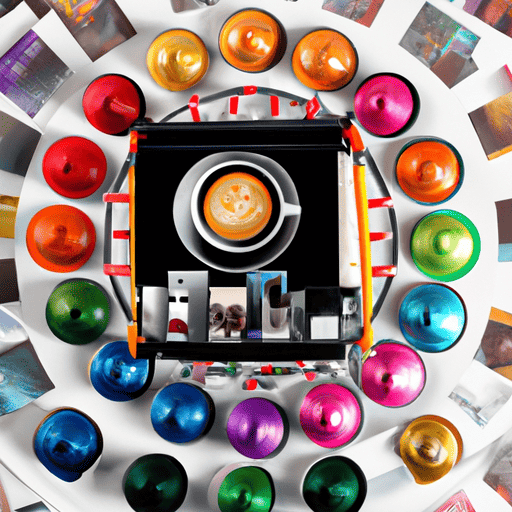
 Coffee Basics5 days ago
Coffee Basics5 days agoThe Ultimate Guide To Buying Nespresso Pods: Where And How?
-
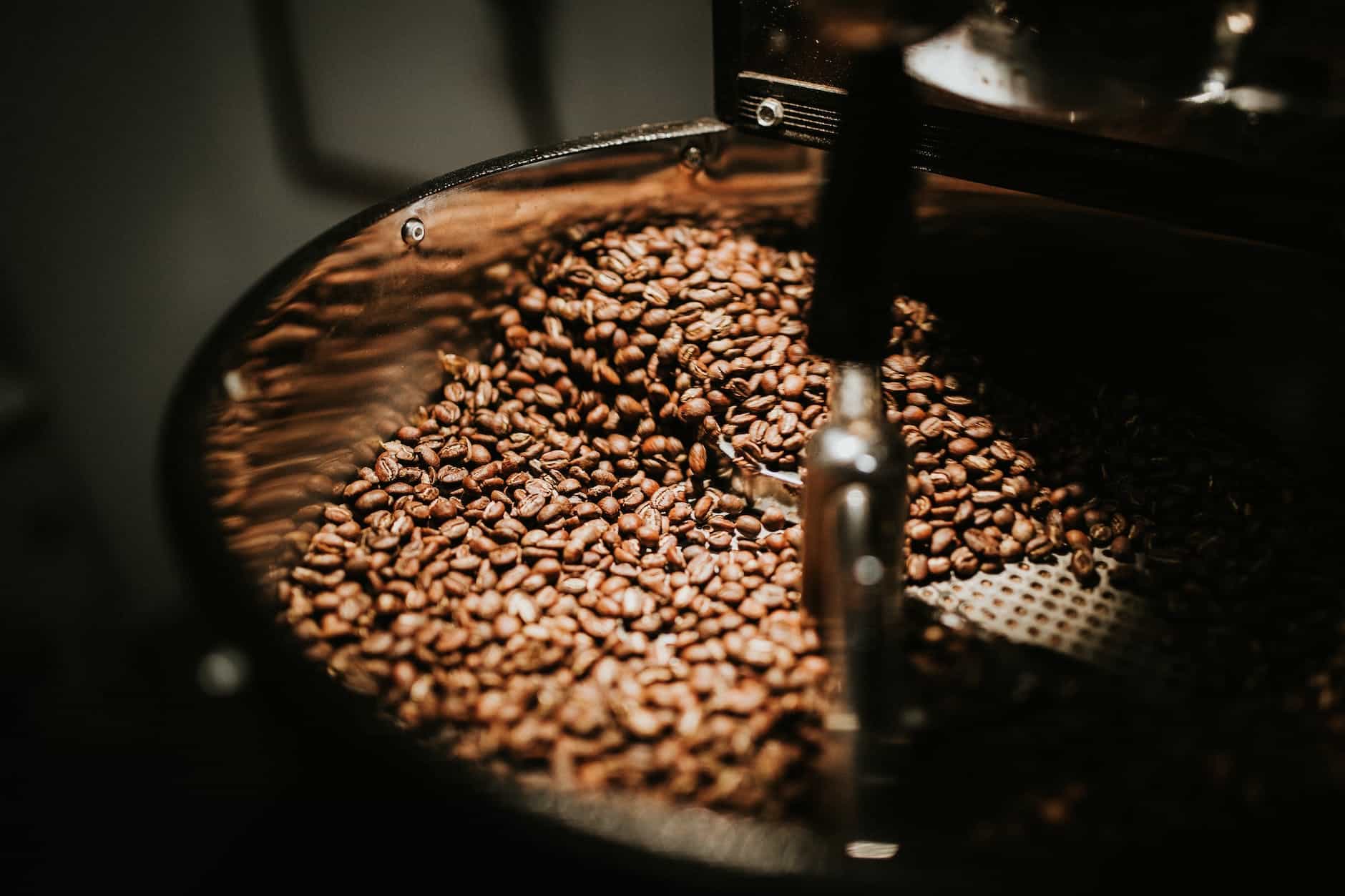
 Coffee Basics1 week ago
Coffee Basics1 week ago11 Best Medium Roast Coffees For Your Perfect Cup
-

 Coffee Basics1 week ago
Coffee Basics1 week agoStarbucks Venti Drinks: Customization And Pricing Guide
-

 Coffee Basics4 days ago
Coffee Basics4 days agoPerfect Your Espresso With Puck Screens: A Barista’s Secret
-
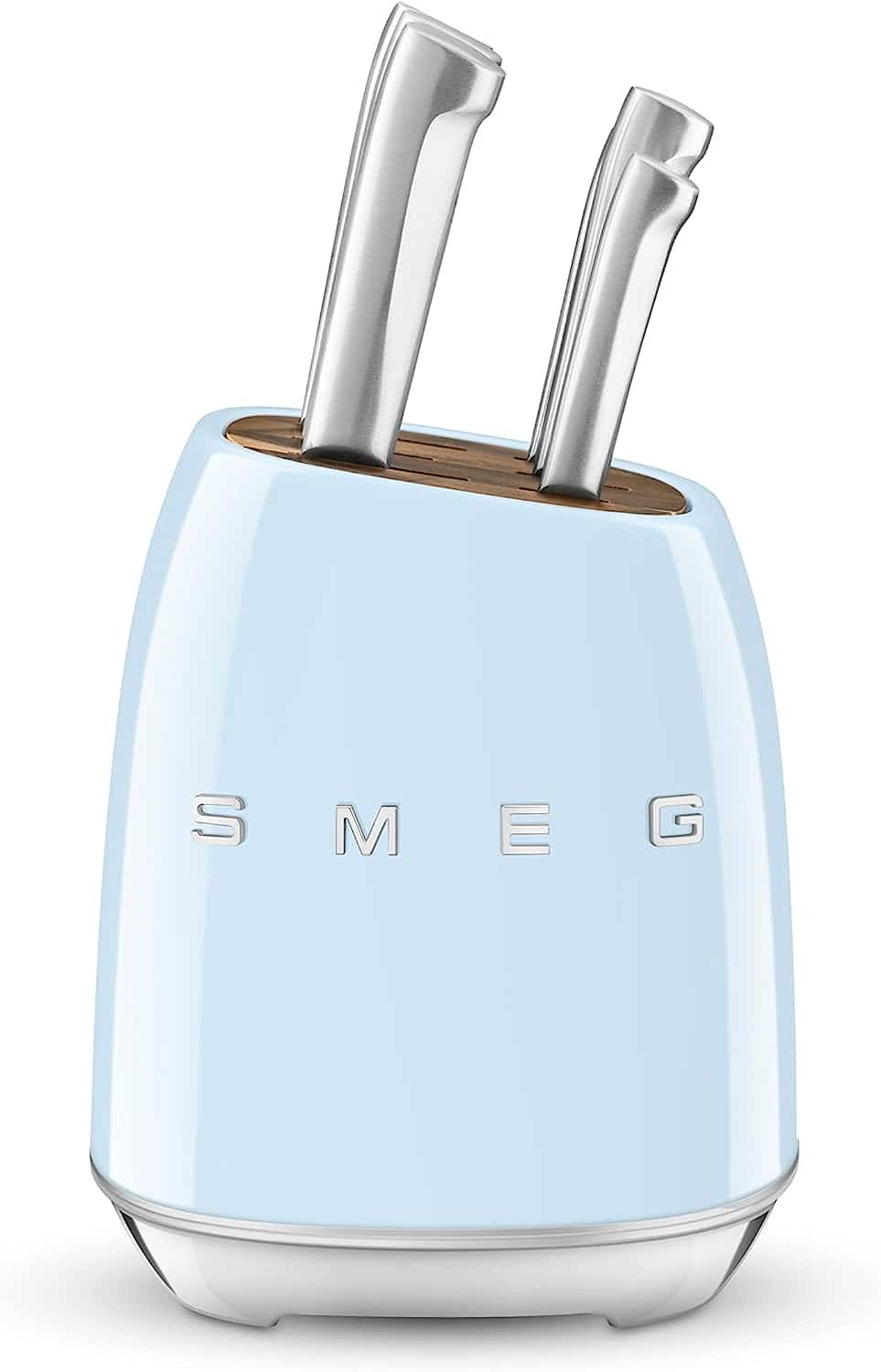
 Cappuccino Oracle Selected Reviews2 days ago
Cappuccino Oracle Selected Reviews2 days agoSmeg Knife Block Review Review [2024]
-
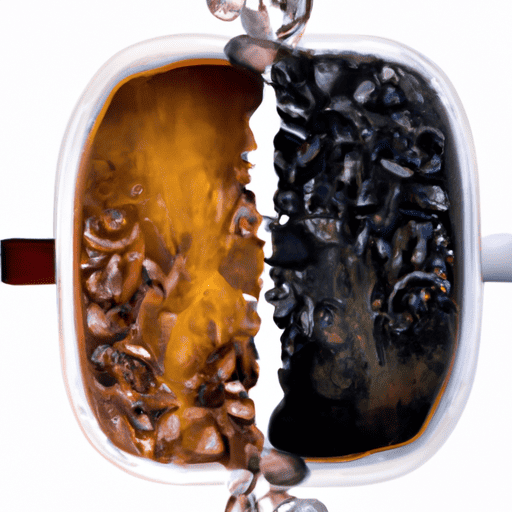
 Coffee Basics7 days ago
Coffee Basics7 days agoWhat Is Half-Caff Coffee? (And How Much Caffeine Is In It?)
-

 Coffee Basics7 days ago
Coffee Basics7 days ago9 Best Ground Coffee Brands For Your Perfect Cup
-

 Coffee Basics15 hours ago
Coffee Basics15 hours agoCan I Drink Coffee After Botox




